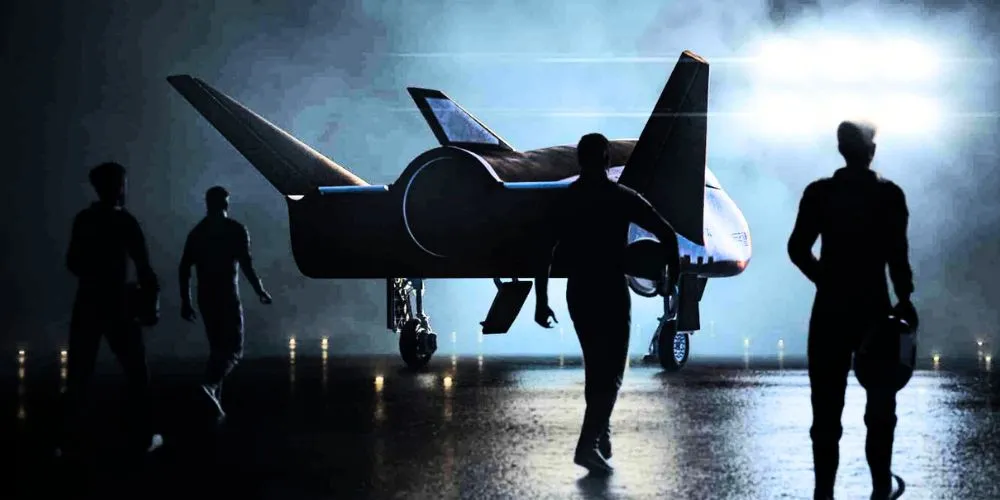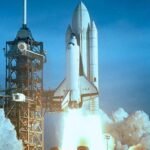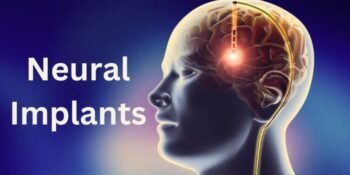Spaceflight training is a critical cornerstone in preparing individuals for a career in space exploration. This article delves into the historical significance of spaceflight training, the evolution of astronaut training programs, the rigorous preparation involved, and the future trajectory of preparing individuals for the challenges of cosmic exploration.
The Historical Significance of Spaceflight Training
The journey of spaceflight training is deeply intertwined with the history of human space exploration, dating back to the early pioneers who ventured beyond Earth’s atmosphere. The challenges posed by the hostile environment of space necessitated the development of comprehensive training programs to equip astronauts with the skills, knowledge, and mental resilience required for space missions.
Yuri Gagarin and the Dawn of Human Spaceflight
Yuri Gagarin’s historic orbital flight on April 12, 1961, marked the first human journey into space. Gagarin’s successful mission highlighted the need for specialized training to prepare individuals for the physical and psychological demands of space travel, laying the foundation for structured astronaut training programs.
Apollo Era and Lunar Exploration
The Apollo program, culminating in the iconic moon landings, required astronauts to undergo intensive training to navigate the complexities of space travel. Astronauts underwent simulations, physical conditioning, and educational modules to ensure they were well-prepared for the challenges of lunar exploration.
Space Shuttle Era and Long-Duration Missions
The advent of the Space Shuttle marked a new phase in spaceflight training, focusing on extended missions aboard space stations such as Skylab and later the International Space Station (ISS). Training programs evolved to address the unique challenges of living and working in microgravity for extended periods.
Evolution of Astronaut Training Programs
Astronaut training programs have continually evolved to adapt to the changing landscape of space exploration, incorporating advancements in technology, scientific knowledge, and an increased understanding of the physiological and psychological effects of space travel.
Basic Training Elements
Basic astronaut training encompasses a range of fundamental elements, including physical fitness, survival skills, knowledge of spacecraft systems, and proficiency in extravehicular activities (spacewalks). These elements form the foundational skills required for any astronaut on a space mission.
Simulations and Mock-ups
Simulations and mock-ups play a crucial role in preparing astronauts for the challenges of spaceflight. Mission-specific scenarios, emergency procedures, and spacecraft operations are rehearsed in realistic settings, enabling astronauts to become familiar with the equipment and procedures they will encounter in space.
Neutral Buoyancy Training
Neutral buoyancy training, conducted in large underwater facilities, simulates the weightlessness of space. Astronauts practice tasks such as repairing spacecraft, conducting experiments, and practicing spacewalks in this environment, honing their skills in a microgravity-like setting.
Psychological Preparedness
Space missions impose unique psychological challenges, including isolation, confinement, and the stress of working in a confined space with a small crew. Astronauts undergo psychological training to develop coping mechanisms, enhance their communication skills, and foster teamwork, thereby mitigating the mental stresses of space travel.
Rigorous Preparation for Space Missions
Spaceflight training involves a holistic approach to prepare astronauts physically, mentally, and emotionally for the demands of their missions. The multifaceted nature of space travel requires a comprehensive training regimen that addresses both the technical aspects of spaceflight and the human factors involved.
Physical Fitness and Endurance
Astronauts must maintain peak physical fitness to endure the physical challenges of space travel and counteract the effects of prolonged weightlessness. Rigorous physical conditioning includes cardiovascular training, strength exercises, and activities to address bone density loss associated with extended space missions.
Systems Training and Spacecraft Familiarization
Astronauts undergo extensive training on spacecraft systems, instruments, and mission-specific equipment. Familiarization with the spacecraft’s layout, operation, and emergency procedures is crucial for astronauts to navigate and troubleshoot issues during their missions.
Extravehicular Activity (EVA) Training
EVA training is vital for astronauts conducting spacewalks to perform repairs, experiments, or construction activities outside the spacecraft or space station. Training in specially designed spacesuits and underwater environments simulates the challenges of working in microgravity.
Team Dynamics and Communication
Successful space missions hinge on effective teamwork and communication among crew members. Training programs emphasize building strong interpersonal relationships, fostering open communication, and developing conflict resolution skills to ensure a harmonious crew dynamic during missions.
Future Trajectory of Spaceflight Training
As humanity sets its sights on more ambitious space exploration endeavors, the future of spaceflight training will witness continued innovation and adaptation to meet the evolving demands of cosmic exploration.
Lunar Exploration and Artemis Program
NASA’s Artemis program, which aims to return humans to the Moon, brings a renewed focus on lunar exploration. Astronauts participating in Artemis missions will undergo specialized training tailored to the challenges of lunar surface operations, including navigating lunar terrain and utilizing new technologies.
Mars Missions and Extended Space Travel
Planned missions to Mars introduce new challenges for spaceflight training, as astronauts will face prolonged space travel and the psychological strain of isolation. Training programs must address the unique aspects of interplanetary missions, including long-duration spaceflight and potential resource utilization on Mars.
Commercial Space Travel and Diverse Crews
The rise of commercial space companies and the potential for civilian space tourism introduce new dimensions to spaceflight training. Training programs may need to accommodate individuals with diverse backgrounds, ensuring that civilians are adequately prepared for the physical and mental challenges of space travel.
Integration of Virtual Reality and Artificial Intelligence
Virtual reality (VR) and artificial intelligence (AI) advancements are poised to transform spaceflight training. VR simulations can provide realistic environments for astronauts to practice tasks, while AI may enhance adaptive learning programs tailored to individual astronaut strengths and weaknesses.
Conclusion
Spaceflight training is a testament to humanity’s ability to overcome the challenges of venturing beyond Earth’s atmosphere. From the early pioneers of space exploration to the future astronauts preparing for lunar missions, Mars expeditions, and beyond, the evolution of spaceflight training reflects our collective determination to explore the cosmos. As we continue to push the boundaries of cosmic exploration, the rigorous preparation of astronauts remains a cornerstone of ensuring the success and safety of humanity’s ventures into the final frontier.










